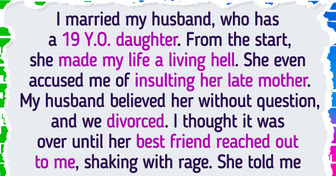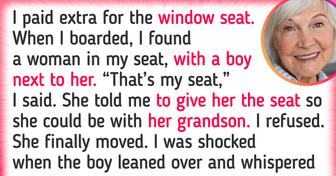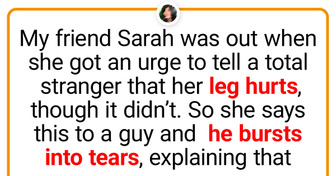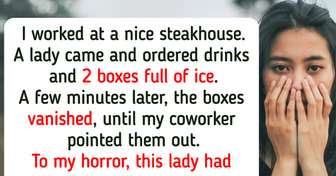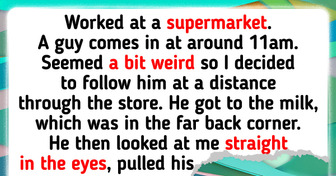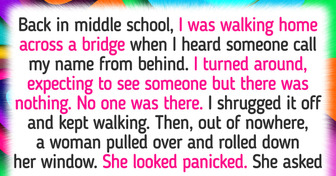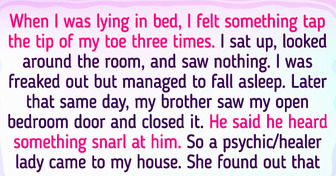12 Stories That Show Peace Is a Myth When Family Is Involved
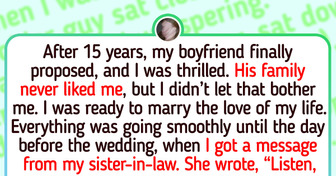
Bright Side will tell you about the consequences of some procedures that seem harmless.
The most important consequences of visiting low-quality beauty salons are infections. From Hepatitis B and C and HIV to a less scary but still very unpleasant fungus. To avoid being infected, doctors recommend taking your own equipment for your manicure and pedicure to salons, pay attention to how clean the place is, and don’t be shy when asking questions about how clean the instruments are. It’s your health, after all.
Doctors don’t recommend having calluses removed in beauty salons. If you have thin skin or bad blood circulation, the tools that nail artists use may injure your foot and infect it. To avoid this, you should wear the shoes that aren’t too tight. Put special creams on calluses to make sure that your skin is moisturized enough.
This procedure requires a professional doctor. Nail artists in beauty salons don’t have the knowledge or qualifications to do this. The wrong treatment of an ingrown nail may lead to infections that can be treated only with antibiotics or even the removal of the entire nail. If you have this problem, don’t postpone a visit to the doctor.
Cuticles protect the nail from infection. When removing them, a nail artist can infect or injure the nail. As a result, new nails will be thick, colorless, or may even have waves. So, instead of a beautiful manicure, you will have ugly nails. Doctors don’t recommend removing cuticles. The only thing that can be done is softening the cuticle and moving it away with clean tools.
A low-quality manicure or pedicure may lead to the appearance of emptiness under the nails. In professional language, this is called onycholysis and it appears as a result of damaging the lower layer of the nail. Only dermatologists can treat this, they will prescribe vitamins, ointments, and baths.
Every woman may have had fragile nails. As it turns out, a bad manicure can be the reason for this problem. Experts don’t recommend using a nail file all the time. It’s better to cut the nail with scissors first and use a file to shape the nail. Natural nails can only take the files of 240 grit or more. And of course, only dry nails can be shaped. Wet nails are more vulnerable.
The yellow color of nails can not only be a consequence of health problems, but also of a low-quality manicure. Nail artists recommend putting the colored nail polish on the protective layer and use only expensive nail polish. Don’t apply iodine to the nails. Toothpaste, scrubs made of salt, baths with lemon and hydrogen peroxide can help you get the color back to normal.
An unprofessional manicure may be the reason for the appearance of hangnails. Experts say that hangnails should only be cut evenly. Do not tear them. To avoid hangnails, moisturize your skin with special cremes containing vitamin E and have your manicure done by professional and responsible nail artists.
We always shave our legs before going to a beauty salon to look good. Nail artists themselves say that they don’t pay attention to these things and they don’t recommend injuring the skin. The pores on recently shaved legs are more open and there is a higher risk of getting an infection.
Nail polishes and other materials for nails contain dangerous chemicals. These components can harm nails and be the reason for an allergic reaction or even asthma. To make sure you are safe, experts recommend changing your nail polish every 3-4 weeks and taking a break every 6-8 months. Ideally, the break should be 105 days, this is how long it takes for a new nail to grow.
UV-lamps used to dry shellac are also dangerous for health. Ultraviolet hurts the skin and, according to doctors, it can even lead to burns on the skin. So, before you go to a beauty salon, put protective cream on your skin or choose salons that have LED-lamps.
The reason for cracks on feet may be hot foot baths. Those whose legs are often swollen, or those who often have a dry skin, should avoid long foot baths in hot water. To improve the health of skin, experts recommend using moisturizing creams and lotions regularly.
Which of the facts amazed you the most? Tell us in the comment section below!

